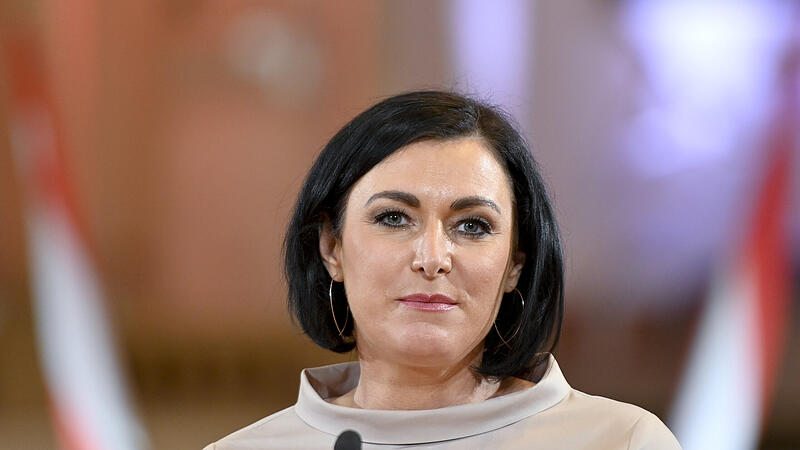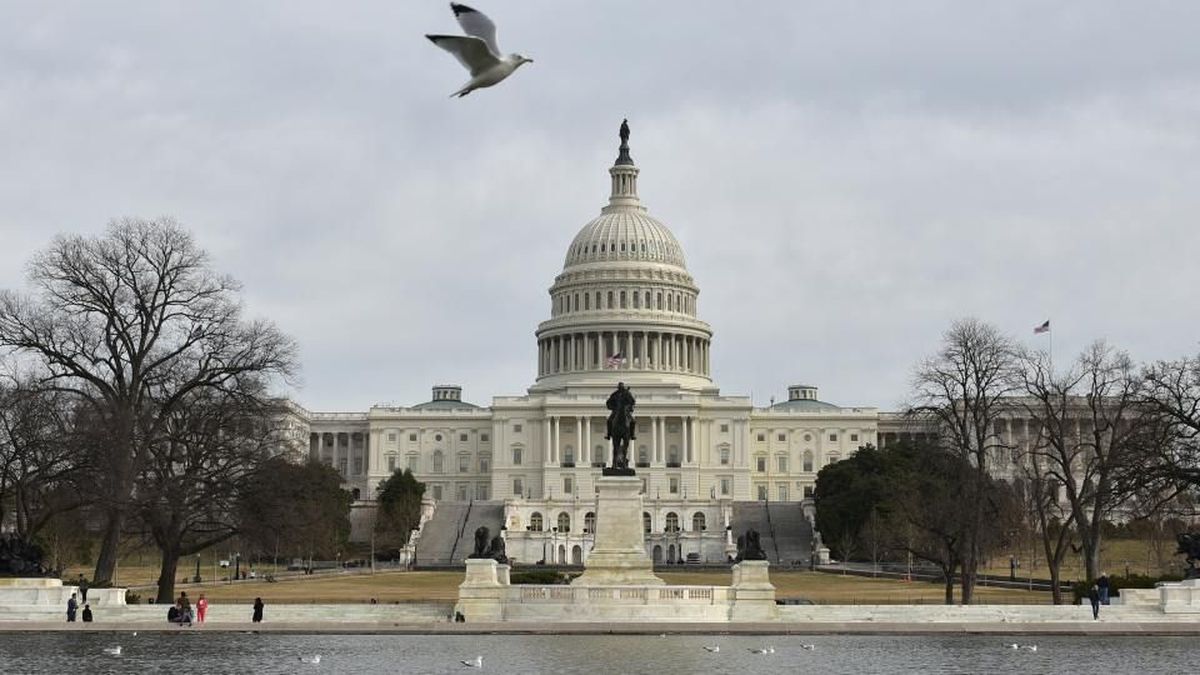Negotiations took place for three years, and in the end things went quickly: after a tough struggle, negotiators from the EU member states, the European Parliament and the EU Commission agreed on a reform of EU agricultural policy.
The 378.5 billion in funding that will be available from 2021 to 2027 should be distributed in a more ecological, fairer and more social way. Opinions differ as to whether this has been successful. Most of the agricultural subsidies have so far been given as direct payments based on hectares or number of cattle in the so-called first pillar – a total of 291.1 billion euros. The money was distributed without any conditions. A quarter of this is now linked to eco-rules that the recipients have to comply with.
The EU Parliament had demanded an organic share of 30 percent, the states only wanted 20 percent. Austria’s Agriculture Minister Elisabeth Köstinger (ÖVP) has proposed 25 percent as a compromise. She is correspondingly satisfied now. “This is a great success because there is a lot of catching up to do in many Member States.”

Agriculture Minister Elisabeth Köstinger
Image: monkey
For the first time, 72 billion euros would be available in the first pillar for environmental and climate services. The two Austrian MEPs Thomas Waitz (Greens) and Günther Sidl (SPÖ) see it differently: The reform is “without any real commitment to climate protection and biodiversity,” says Sidl. Waitz speaks of “pure greenwashing” and a “sham package”.
The fact that the EU states are writing down the eco-regulations in national plans gives cause for criticism. What is considered worthy of funding is sometimes interpreted very broadly. It is also permitted to move funds back and forth between the pillars of funding – including from the second pillar, which is far more modest with 87.4 billion, on which rural development rests, into the first pillar of direct subsidies.
The starting shot will not be given until 2023
The reform is not expected to apply until 2023. In the first year, in a “learning phase”, only 20 percent organic share should apply to direct subsidies. The coupling of subsidies to minimum social standards will only become mandatory from 2025.
The Council of Agriculture Ministers and the EU Parliament still have to give their formal approval. The process is expected to be completed in the fall.



